Why does a carpet ripple? And how can homeowners address carpet rippling to get more years out of their floor covering?
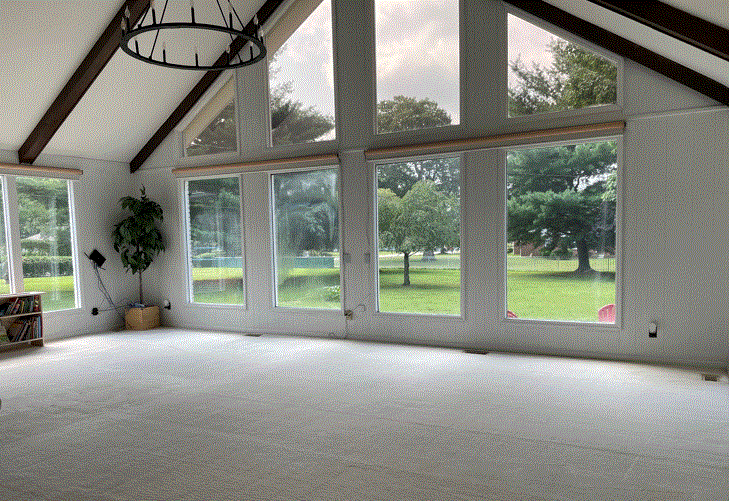
Maybe you’ve walked through a house on the market and seen those tell-tale wrinkles. Or you may have a carpet in your own home that is bubbling or buckling. Whatever the situation, the condition is known in the industry as “carpet rippling.” The ripples are not only unsightly. They can be downright unsafe.
Buyers may inherit a damaged carpet from their home’s previous owner. If that is the case, the new homeowners are in the dark. They often don’t know what sort of use and maintenance the floor covering has seen over its lifetime. Age alone can make a carpet vulnerable to rippling. A mover dragging a heavy piece of furniture across the carpet’s surface can cause it to bubble and pull. Manufacturing defects and poor maintenance will also compromise a carpet. When a carpet’s adhesive fails, most often due to moisture, the layers separate and buckling occurs.
Short of a tear out and new product installation, what can a homeowner do about carpet rippling? The first step is to review the probable causes of the damage and mitigate those.
Main Reasons that Carpet Ripple
Moisture
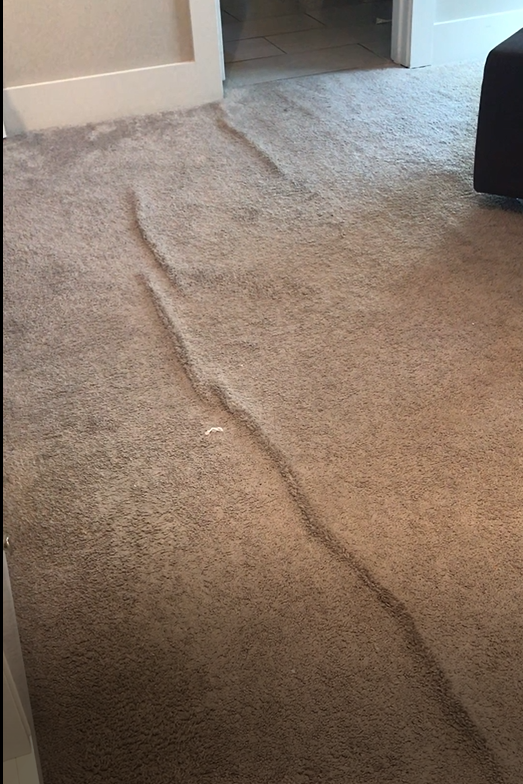 The number one reason that carpet ripples or buckles is prolonged exposure to moisture. This includes humidity in the home. When homes are subjected to four-season climate patterns, the dramatic shift between cold seasons and warm ones can introduce moisture into carpet. This is especially true in homes that are not climate-controlled. It is necessary for homeowners to keep the interior humidity levels low to protect carpet.
The number one reason that carpet ripples or buckles is prolonged exposure to moisture. This includes humidity in the home. When homes are subjected to four-season climate patterns, the dramatic shift between cold seasons and warm ones can introduce moisture into carpet. This is especially true in homes that are not climate-controlled. It is necessary for homeowners to keep the interior humidity levels low to protect carpet.
Worse even than humidity is the impact of an accident-based immersion. A homeowner may have an exterior flood event that brings water into her home. Equally damaging is an in-home plumbing failure that floods a carpeted room. In either case, the faster that moisture can be removed, the better. Of course, if the overall health of the home has been compromised, a severely damaged carpet must be replaced.
Even water-based cleaning errors can cause carpet rippling. Some homeowners try to do their own steam cleaning. But without the necessary experience and education, carpet can be left too wet to cure. Even commercial carpet cleaners can be guilty of over-wetting carpets during a routine cleaning. Damp fibers are vulnerable to mildew growtih and even structural damage. A carpet can even separate from its backing. The main point then is to remove moisture from carpets first, before scheduling repairs.
Product Quality and Installation
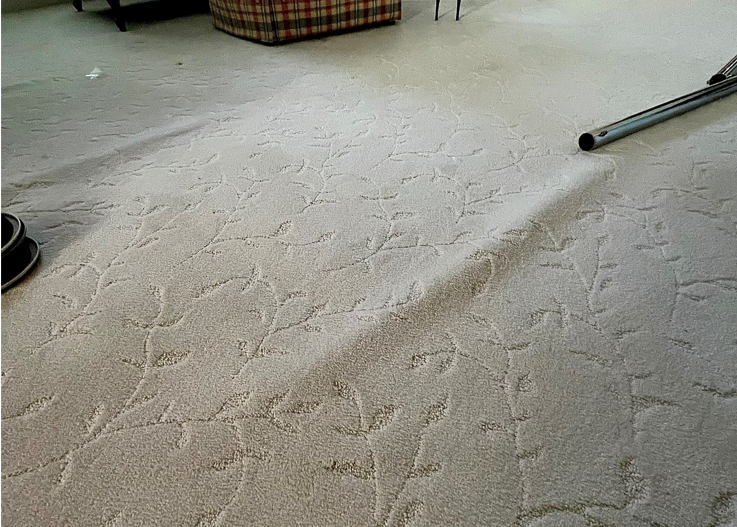 Carpet may ripple because of the quality of the floor covering and padding chosen. Carpet products chosen based on cost alone will likely save money off the top. But in the long run, cheap carpet and poor quality padding is more likely to buckle. Homeowners should always consider quality carpet options. They should also follow manufacturer recommendations as to the type of padding their carpet requires. Both will help a flooring investment last longer.
Carpet may ripple because of the quality of the floor covering and padding chosen. Carpet products chosen based on cost alone will likely save money off the top. But in the long run, cheap carpet and poor quality padding is more likely to buckle. Homeowners should always consider quality carpet options. They should also follow manufacturer recommendations as to the type of padding their carpet requires. Both will help a flooring investment last longer.
Even a quality carpet can be compromised by poor installation. Professional installers should use the proper tools to meet manufacturer specs. This includes a pole or power stretcher as well as a “knee-kicker.” Mistakes in installation are not just inconvenient. They can void a warranty. This leaves a homeowner financially responsible for any repairs or replacement costs. Moreover, today’s carpet construction is stiffer than in the past. That makes powerful installation tools necessary for avoiding carpet rippling and other structural failures.
So Your Carpet is Rippling. Can it be fixed?
The simple answer is that it depends on the cause of the damage. Outright neglect or abuse can destroy a carpet altogether. Loosening due to age or humidity can be a relatively easy fix. Carpet rippling due to prolonged water exposure, poor quality products and faulty installation is another matter. When the damage is mild to moderate, professionals can certainly minimize the issue.
As long as the rippling has not led to sharp creases in the surface, most carpets can be restretched. This process is best handled by a trained professional. Carpet stretchers use the same tools as installers. That means they are able to pull the wrinkles out of the carpet and re-attach the tightened surface along the walls of the room, usually right against the baseboard. The sooner the carpet is stretched, the more likely the rippling can be fixed. After the stretching is complete, hot-water extraction can also help relax the area where the wrinkles used to be, further flattening your floor covering.
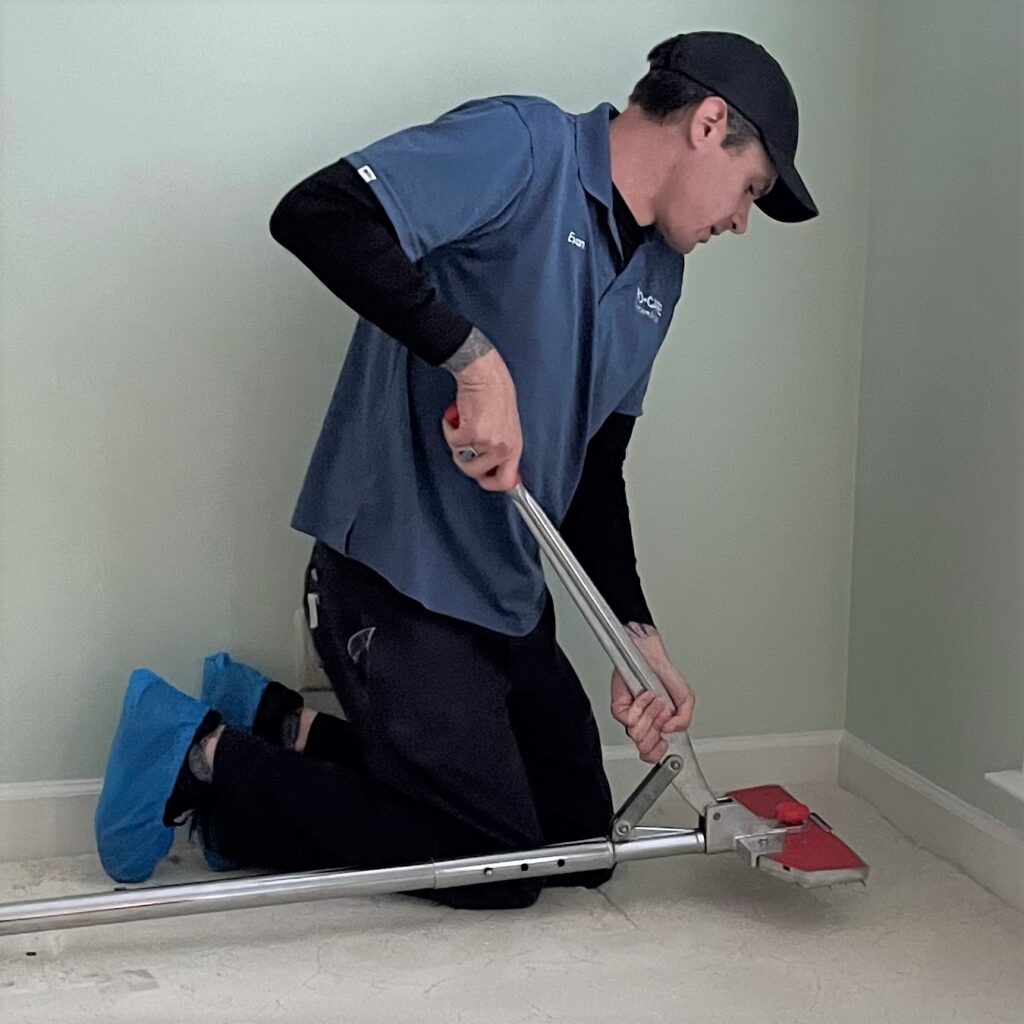
These 4 Facts Will Help to Minimize Carpet Rippling.
Fact 1: Moisture-based carpet rippling can be minimized. How? Begin by controlling the climate of your house year round to reduce interior humidity. And always remove any actual liquids that have penetrated the carpet and pad as quickly as possible.
Fact 2: Homeowners can give their carpets a fighting chance against rippling if they choose higher quality carpet and monitor their carpet’s installation. In the end, it’s all about protecting a carpet’s warranty and the overall investment in a floor covering.
Fact 3: Carpet maintenance matters and a homeowner can make this a priority. No matter when it was installed, any carpet will perform better with regularly scheduled cleanings and reasonable use. No matter the quality, no carpet is bullet-proof. Mindful maintenance will get the best out of any floor covering.
Fact 4: The good news is, if caught early and if it has not been subjected to severe creasing. a carpet can be rescued by a professional restretching.
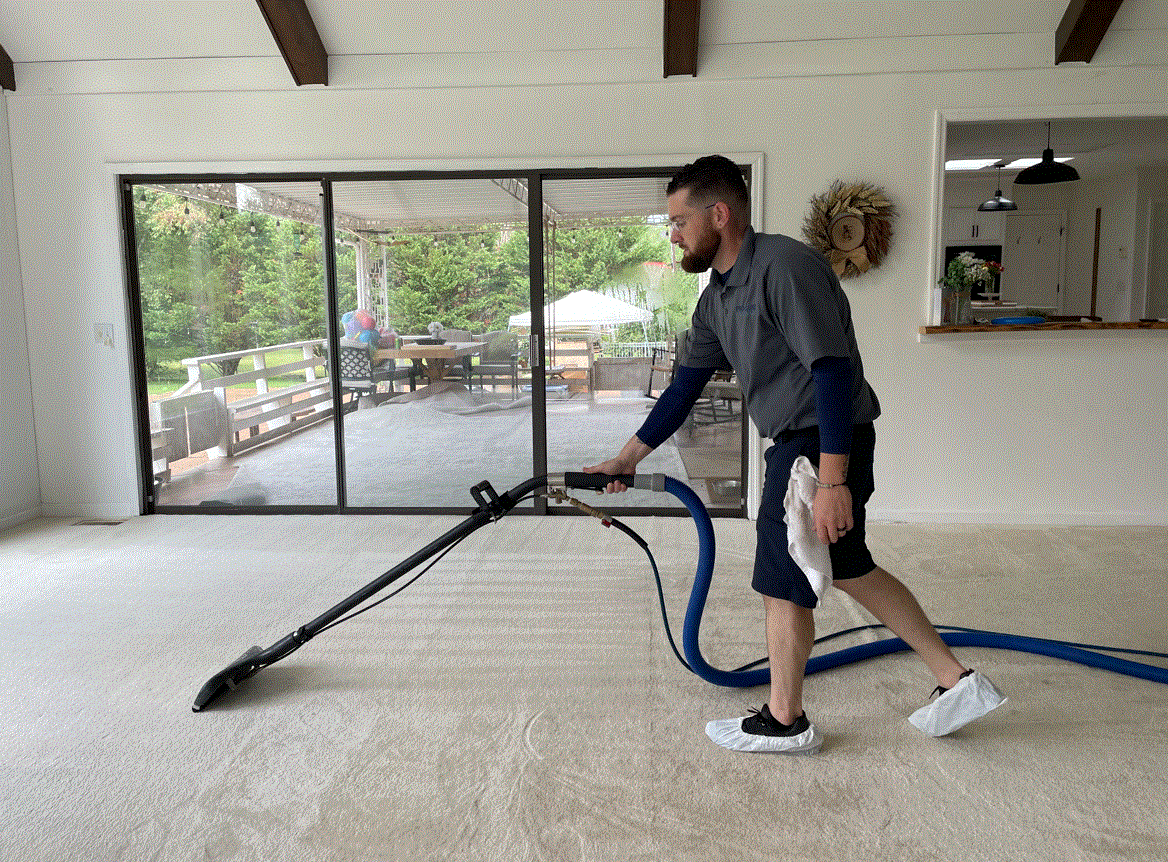
Homeowners who commit to regular vacuuming and mindful use of their floor coverings are already ahead of the curve. But most manufacturers require regular professional cleanings to maintain a carpet’s warranty. The best cleaners will insure that no excess moisture or damaging soils are left in the carpet.
It is really important that homeowners vet a carpet cleaning company before hiring them. Positive reviews and testimonials help to narrow down the choices, Still, the best companies will be happy to explain their multi-step carpet cleaning process. A phone interview with a company representative should help a homeowner hire with confidence. What’s more, if the pros discover the carpet is loose at the time of service, they should be able to refer the homeowner to a trustworthy restretching specialist.
If you love wall to wall carpet, you likely want your carpet to last. Start by choosing a high-quality product and a respected installation company. This may require more reasearch and more investment up front but it will insure fewer problems over the lifetime of your carpet. Commit to a regular maintenance schedule. That helps you protect your warranty coverage and insures the best performance of your floor covering. Finally, if carpet rippling starts to occur, act quickly. A professional restretching and a quality cleaning can return your carpet to the look and feel you fell in love with.
